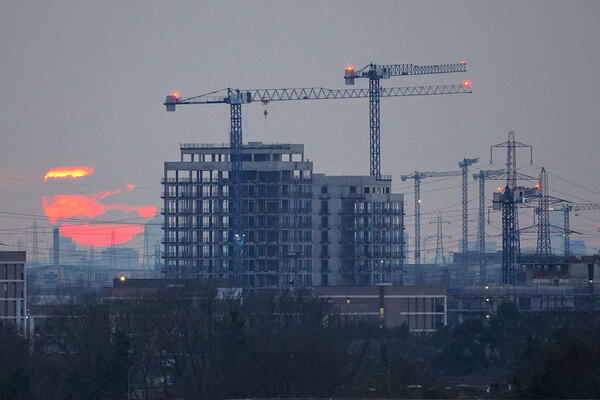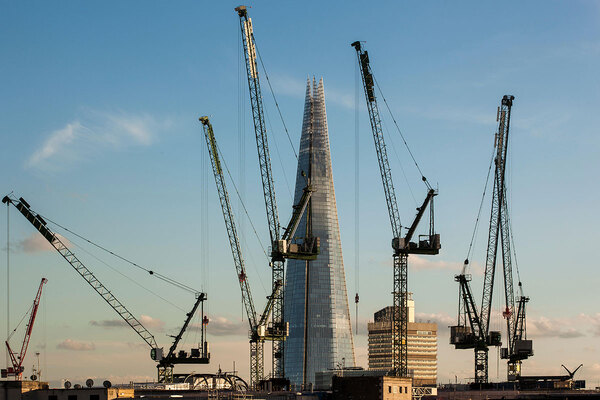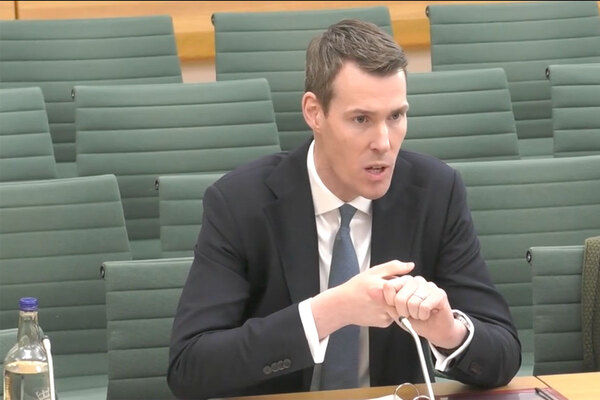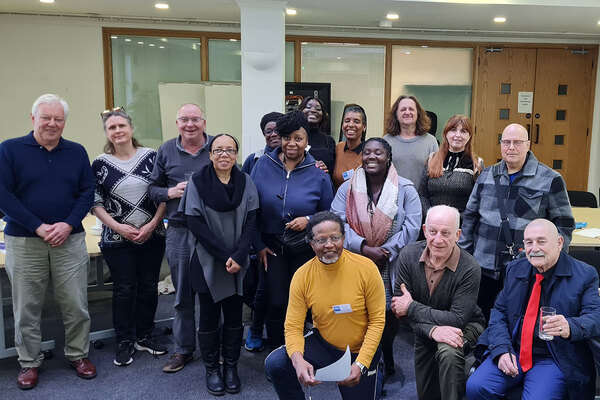Building the future – women in construction
There needs to be a call to arms across the construction industry if gender equality in the sector is to be realised, writes Christine Townley

Walking across Waterloo Bridge from the South Bank of the Thames I can’t help but be struck by the number of cranes hovering above London’s historic skyline; Britain is building again. Now entering my tenth year at Construction Youth Trust, I struggle to think of a time when growth was so apparent across our sector; new housing, infrastructure and commercial projects are announced almost every week creating a huge opportunity to inspire and support young people into construction careers.
Long-term projects such as Crossrail, Thames Tideway Tunnel and HS2 create a strategic opportunity to engage with and up-skill some of the UK’s most disadvantaged people and communities, and it is gratifying to see so many organisations and projects focus energy on community benefit programmes, realising that winning communities means winning contracts.
Experts from the charity sector have an opportunity too; to develop, drive and support innovative ways of promoting construction careers. At Construction Youth Trust we have been able to support the industry’s growth by working in partnership with organisations such as Network Rail, Crossrail, Stockport Homes, British Land, Mace and Vinci on long-term projects with long-term aims. Our programmes successfully engage with over 7,000 young people a year from hugely diverse backgrounds.
As with any sector, the construction industry is highly diverse. As a women in the sector, working with many other women in the sector, I know how exciting and rewarding a career in construction can be. I also know that the vast majority of young women don’t think this way.
Attending a careers fair as a young women inspired to become a civil engineer, I was told ‘girls don’t do that’. Today, even with the success the trust has had delivering training programmes to young men and women, we’re still sometimes told ‘girls don’t do that’. It is time to show that women can and do, and so Building the future: Women in Construction was born.
The report published today clearly highlights the barriers facing an industry that is already working hard to recruit more women, and a more diverse workforce. Careers advice in schools is certainly poor and often gendered, on-site culture can sometimes be inhospitable to women and the working pattern can be incompatible with family life and the kinds of responsibilities women tend to take on at home. However, I was encouraged by some of the personal stories in the report of the positive experiences of women who have made it in our industry. These stories paint a picture of a willing, if somewhat constrained, sector. The industry is in constant competition, for contracts and for people, but it’s time we came together to champion construction.
Housing is well placed to lead change in the industry. As Jane Nelson highlights in her chapter Women in the Manual Trades, her career started at an East London DLO with 41 other women in 1985. Many of those women now occupy board rooms across the country. In 2012, Leicester City Council recruited 123 women as part of their housing maintenance team, proving a career on the tools can be a reality for women today.
Women represent 11 per cent of the construction workforce and as little as 1 per cent in the trades. Building the future: Women in Construction sets out the barriers facing the recruitment of more women and makes strong recommendations for change and for action. It can’t be just women calling for change, however, there needs to be a call to arms for all in the industry to come together to inspire the next generation and to realise a truly diverse and sustainable work force.
The day after the Second World War ended childcare for women workers closed. With the men returning triumphant from war, women returned to the home and to women’s work. Skills shortage can create the space for women to enter the male domain, but this is not sustainable. The myth that the sector is for men only has to be demolished…it’s not skills shortage which should drive women into construction careers but sense; and it’s sense which requires the industry, the government and our schools and communities to support young women to seek a new challenge.
Waterloo Bridge was built by women who mostly returned to domestic life after war time. These women left a startling legacy; startling because it is so real yet so invisible. We at Construction Youth Trust know that there is a lot to do. We also know that the industry can and will support us and others who want to encourage young people into construction.
The contributors to this report come from all over the industry, proving beyond doubt that women can and do succeed in construction. We hope that this will bring more organisations to join our mission to inspire, train and support the next generation into the industry.
Christine Townley is the executive director of the Construction Youth Trust








